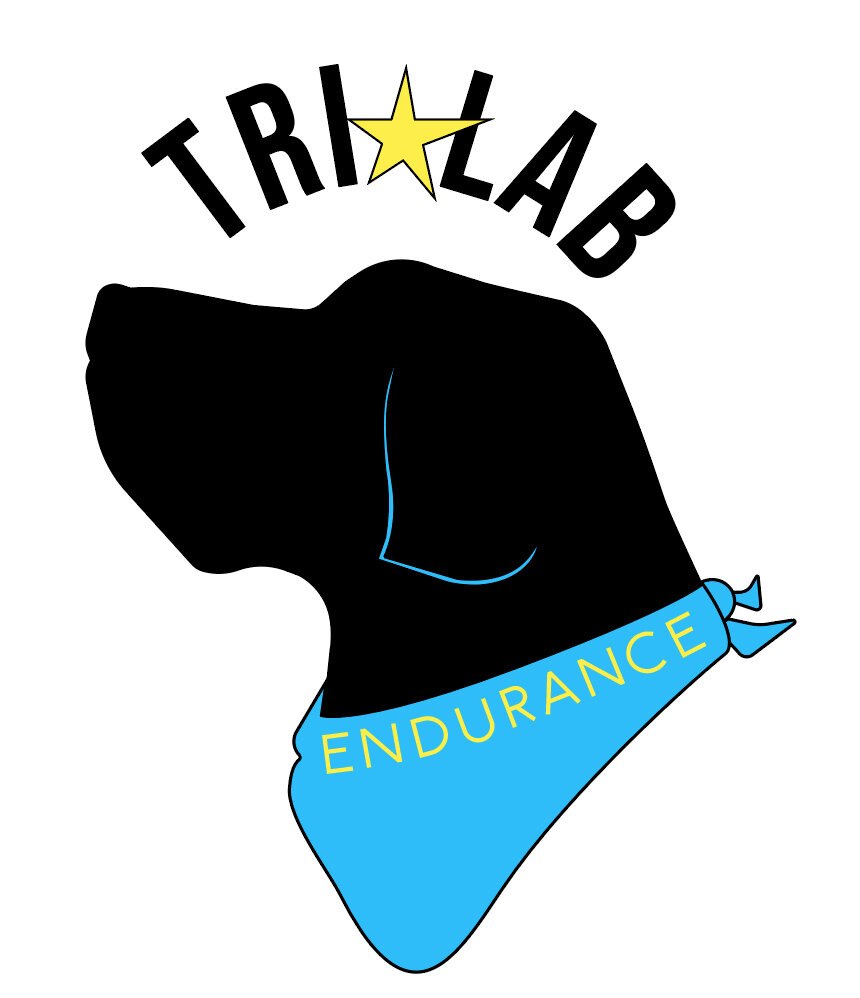Upper Body Form Cues for Running
For many we are in the midst of marathon training with Chevron Marathon seven weeks away. I thought it would be a good time to review running form.
I’m sharing a quick resource to help you dial in your upper body form while running. These are cues you can start implementing right away to improve efficiency, reduce fatigue, and keep your stride smooth.
Take a look when you get a chance, and let me know if you have any questions or want help applying the cues.
Contrary to popular belief, running is not just a lower-body sport. From cross-torso rotation to power and drive, what happens in your upper body while running can have a huge impact on your overall run form and efficiency. Here are five things to watch out for in upper body form to ensure safe, efficient running.
Lean Forward - Maintain a slight forward lean that originates at the ankles, not at the pelvis. Improper body positions include 1) bending at the pelvis, 2) too much of a forward lean, or 3) leaning backwards. These form breaks put excessive stress on the pelvis and make it harder to land properly beneath your body. What does this mean for your arm swing? Arms should feel like they’re extending naturally from the shoulders, elbows relaxed at your sides, not too “activated” as though you’re trying to keep your balance.
Posture - Posture matters. The shoulders should be open with a strong upper back position: think proud through your chest. Avoid hunching over and rolling the shoulders forward.
This creates the largest possible space for the lungs to properly expand and allows for ample rotation and arm swing.
Vertical Oscillation - Control vertical oscillation. Running naturally causes a small degree of vertical oscillation (upward bounce) but an overly bouncy stride is inefficient. A runner should keep their eyes on the horizon and not see too much movement: think "springy but smooth." This translates to a gliding action through the shoulders and elbows, not a jerky “hiccup”-like shrug.
Cross-Body Rotation - Arm movement comes from the shoulders and as such, generally the angle at the elbow stays the same throughout the motion. However, as with walking, there is a cross-body rotation that occurs in running that effectively propels the body forward; therefore, should be some movement of arms toward the mid-line of the body as this helps facilitate proper torso rotation. Think of boxing as the analogy here: arms should feel like they’re doing a gentle - but not aggressive, cross-body - upper cut action.
Look Lower - Many aspects of arm movement happen naturally as a result of what the legs are doing. Observing the upper body helps can provide valuable information about lower body issues in a running stride. The height of the elbow behind the runner corresponds to the height of the lift of the heel. Insufficient rotation towards mid-line? Perhaps an impingement in the hips. Often, the best way to address form breaks in the upper body is to correct the corresponding lower body form break. A gait assessment may be useful to uncover the root cause of an inefficient upper body action.
